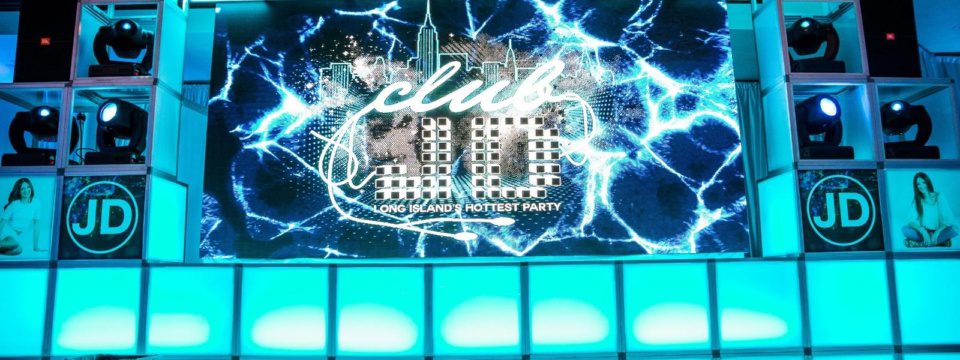Exploring the Efficacy of Various Light Emitting Diode Wall Adjustment Techniques for Optimal Visual Performance
Wiki Article
LED walls have become increasingly favored in multiple settings, including theaters, concerts, and corporate events. These large screens provide lively hues and sharp visuals, making them perfect for graphic presentations. However, to achieve the optimal display quality, appropriate tuning of Light Emitting Diode walls is essential. Tuning refers to the method of adjusting the screen settings to guarantee that hues, luminosity, and contrast are precise and uniform. Various tuning methods can considerably influence the overall quality of the display encounter, making it vital to explore the efficacy of these approaches.
One common technique for calibrating LED screens is manual calibration. This method involves adjusting the parameters by manual means, often using specific tools and software. Specialists typically examine the display's color accuracy and luminosity levels, making modifications based on their findings. Handheld calibration allows for a significant degree of personalization, as specialists can tailor the parameters to the particular setting and material being displayed. However, this method can be time-consuming and requires a proficient specialist to achieve optimal results. In spite of its difficulties, handheld tuning can lead to remarkable display quality when done correctly.
Another popular tuning technique is the use of automated tuning. This approach uses programs and sensors to measure the screen's functionality and make adjustments automatically. Automated calibration can save time and minimize the risk for manual error, as the software can rapidly evaluate the display and apply the required modifications. This technique is particularly beneficial in environments where the Light Emitting Diode screen is frequently used for different types of material, as it can adjust to different lighting environments and content requirements. While automatic tuning may not offer the same level of customization as manual calibration, it can still deliver excellent results for many applications.

A thirdly technique worth mentioning is the use of hue calibration instruments. These devices, such as colorimeters and spectrophotometers, measure the color output of the Light Emitting Diode screen and help ensure that the colors shown are correct. By employing these devices, technicians can identify any discrepancies in color representation and make the required modifications. This technique is especially important for applications where color precision is essential, such as in visual design or video production. Hue tuning instruments can enhance the total visual performance of LED walls, guaranteeing that the viewers sees the desired hues and elements.
In conclusion, the effectiveness of various LED screen tuning techniques plays a crucial role in achieving best visual quality. Handheld calibration offers personalization but can be labor-intensive, while automatic tuning provides efficiency and consistency. Additionally, hue tuning instruments help ensure accurate hue representation, which is useful source essential for many applications. By understanding and utilizing these tuning methods, technicians can enhance the display encounter for audiences, making LED screens an more effective tool for communication and entertainment. As technology continues to progress, ongoing study and evolution in tuning methods will likely lead to more improved visual performance in the time ahead.